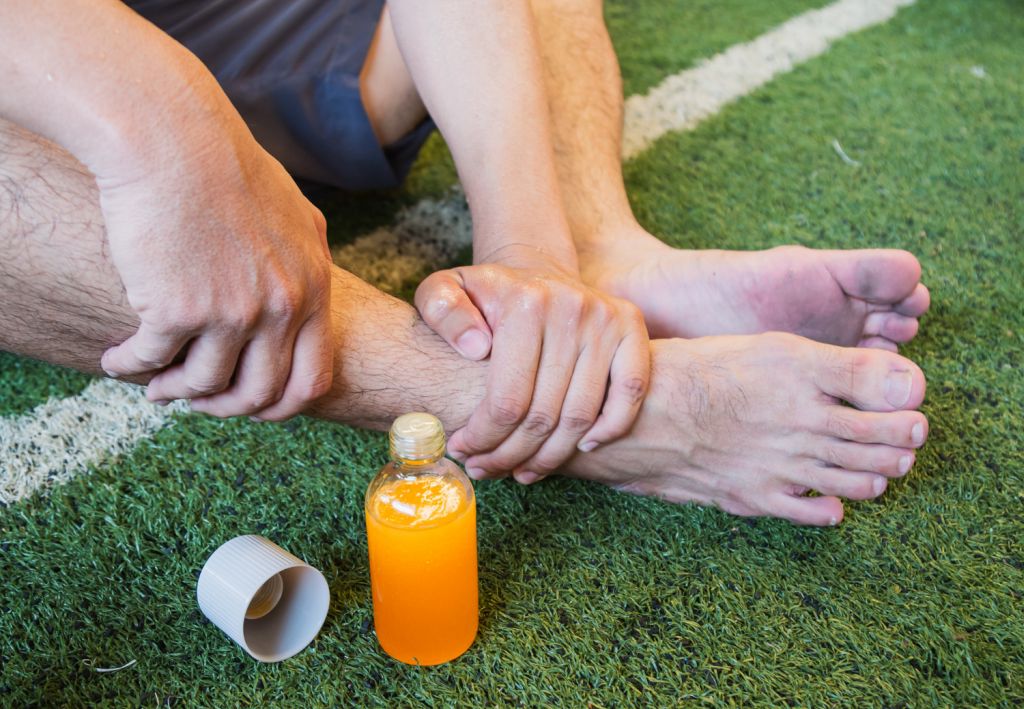Understanding how to steer clear of common sports injuries is essential for anyone who values fitness. Whether you’re a seasoned athlete, a weekend warrior, or just starting on your health journey, knowing the risks and how to mitigate them can keep you active and healthy.
The Need to Know Why Understanding Sports Injuries Matters
Sports injuries are more than just a nuisance; they can halt progress and cause long-term damage. For fitness enthusiasts, athletes, and health-conscious individuals, knowledge is power. By understanding what can go wrong, you’re better equipped to avoid injury and enjoy a lifetime of activity. This article sheds light on different types of sports injuries, their causes, and how to prevent them, offering you practical advice for maintaining an active lifestyle.
What’s Most Likely to Happen Common Sports Injuries Explained
Several injuries frequently plague those involved in sports and fitness activities. Strains, sprains, and stress fractures top the list. Strains occur when muscles or tendons are overstretched or torn. They often result from overuse or lifting something too heavy. Sprains, on the other hand, involve ligaments getting overstretched or torn, usually due to falls or twists. Stress fractures are tiny cracks in bones caused by repetitive force, often affecting runners. Understanding these common injuries and their causes is the first step toward prevention.

Listen to Your Body Recognizing Early Signs of Injury
Recognizing early signs of injury can prevent minor issues from turning into major problems. Pay attention to persistent pain, swelling, or reduced movement. If you find yourself feeling excessively tired or experiencing unusual soreness after workouts, it might be a sign that your body needs a break. Listening to your body and responding to these signals promptly can prevent long-term damage and ensure you stay on track with your fitness goals.
Warm-Up, Cool-Down, and Gear Up Strategies to Prevent Injuries
Prevention is better than cure, and in sports, this means taking proactive steps to protect your body. Start with a thorough warm-up to increase blood flow and flexibility, preparing your muscles for the demands of exercise. Afterward, cool down with gentle stretches to help muscles recover and reduce soreness. Equally important is using the right equipment and techniques. Wearing proper footwear, using protective gear, and mastering correct form can significantly reduce the risk of injury.
When Things Go Wrong Handling Sports Injuries
Despite our best efforts, injuries can still happen. Knowing what to do can make a significant difference in recovery time. The R.I.C.E. method—Rest, Ice, Compression, Elevation—is a simple, effective way to treat minor injuries and reduce swelling. However, if pain persists or worsens, it’s crucial to seek professional help. A healthcare professional can provide an accurate diagnosis and suggest a treatment plan tailored to your needs.
Conclusion Take Charge of Your Fitness Journey
Proactive injury prevention is key to a sustainable fitness lifestyle. By understanding common sports injuries and implementing effective prevention strategies, you can continue to pursue your fitness goals safely. Always remember, the guidance of professionals—whether coaches, trainers, or healthcare providers—can provide valuable insights and support. By taking care of your body and listening to its needs, you can enjoy a healthy, active lifestyle for years to come.
